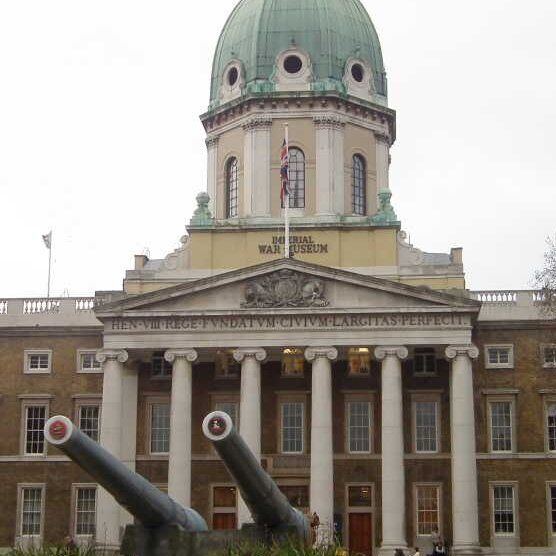Explosive Legends
A distant volcano erupts, the air is choked with ash and dust sending Europe into three years of fog, frost and darkness. Crops fail. Famine, disease and political unrest spread throughout the continent.
Cut to a mansion on the banks of Lake Geneva. Inside, a group of Romantic poets shelter from a storm: Lord Byron, Percy Shelley, Dr Polidori. It has been raining for three days straight.
They've kept themselves entertained by talking politics, philosophy and by dreaming up tales of horror.
A young Mary Shelley (then Godwin) has been listening on from the sidelines, desperate to come up with a story of her own. But about what?
A sleepless night. The vision of a hideous man stretched out, brought to life by a strange machine. Eureka! She's got it. Frankenstein is born.
Or so the Legend goes. The truth, however, is likely not so simple.
A Tragic Birth
Mary's life begun with disaster. She was delivered safely, but her placenta got stuck inside her mother. Worse. It shattered.
A Doctor had to remove its pieces, one by one. He did this successfully, but with unwashed hands. The wound grew infected and 11 days later Mary's mother died.
Old St Pancras Burial Ground
She was buried nearby in Old St Pancras Burial Ground. As Mary grew into a girl this would become her second home.
Her mother also having been called Mary, she learnt to spell her name by tracing a finger across the engravings on her mother's headstone.
When she was older, she read books beside it, including the feminist treatise set out by her mother: 'A Vindication Of The Rights Of Women'.
Her relationship with her father and his new wife was a difficult one, but in Old St Pancras Burial Ground she had found a sanctuary.
A Monstrous Origin Story
Where does Frankenstein come in? Feminist scholar Sandra Gilbert has argued that Mary's novel is actually a fictional retelling of this very origin story.
Mary is the beast, made terrible by an ungodly birth, desperately seeking the acceptance of her father and creator. Like the story's monster, she wants to be loved, but feels unloveable. And perhaps she too is driven to hatred by the unfulfilment of these needs.
'If I Cannot Inspire Love, I Will Cause Fear!'
Frankenstein's monster resolves that if his creator will not accept him, then he will have to pay the price.
'I have love in me the likes of which you can scarcely imagine and rage the likes of which you would not believe. If I cannot satisfy the one, I will indulge the other.”
In the novel it is a monster that says these words, but the most terrifying thing about them is their humanity. They are horrifyingly relatable, and it's not hard to imagine a young Mary Shelley thinking them, as, sat next to her mother's grave in Old St Pancras Burial Ground, pain, self-pity and guilt stewed inside of her.
Unlike the monster, her rage did not take the form of murder and destruction, but her life was nonetheless one that would have appalled her father.
Anarchy Inverted
By the time she'd started writing Frankinstein, Mary had run away from home with a married poet (Percy Shelley). It would not have been this that would have shocked him, however, but the fact that she wanted to be Percy's next wife.
Her father was William Godwin, an anarchist writer who saw marriage as on a par with imprisonment. To him, it would have been unthinkable that his daughter would indulge in such a stolid tradition. This despite the fact that he himself was married.
A Sythesis Of Influences
Of course, it would be reductive to detail Mary's elopement as an expression of anger against her father, just as it would be reductive to say that Frankenstein was born wholly in Old St Pancras Burial Ground.
Mary was 14 when she first met Percy and only 16 when she ran away with him. He was a handsome, bad boy Romantic poet- a rockstar of the age- and she a rebellious teenager. Who could blame her for her infatuation?
And her misgivings.
Not only was he a sexual predator- in today's terms- but he was also unfaithful, cheating on her with her step-sister, Claire. By the time they had reached Byron's Geneva mansion, he and Claire had likely already had an affair.
This too might have influenced Mary's state of mind when she was writing her great novel.
Nevertheless, alongside the devastating volcanic eruption of 1815, her mother's Old St Pancras Burial Ground grave doubtless casts a long shadow over her life, her work and Frankenstein.
One More Thing...
Old St Pancras Burial Ground also boasts The Hardy Tree. A tree that writer and poet Thomas Hardy surrounded with headstones after having been tasked with exhuming and reburying the graveyard's dead. Find out more here.
Interested in finding more places like this? Try one of our Treasure Hunts in London - untangle cryptic clues as a team, as you are taken on a journey to the most unique, unusual and bizarre corners of London.









